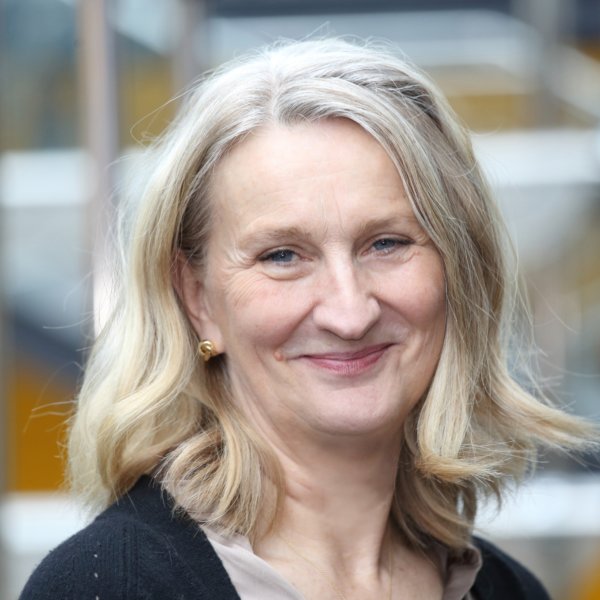Execution of a national multi-drug and multi-tumor precision oncology trial is feasible!
Thanks to DNA sequencing, patients with rare cancers for which no standard treatment is available could receive existing therapies that work in patients treated for different cancers, but who carry the same genetic mutations. The first results of a multi-drug and multi-tumour clinical trial, to be presented at the ESMO 2017 Congress, show that this kind of precision oncology trial is not only feasible, but also has the potential to identify patient subgroups who could benefit from existing drugs outside of their registered indication.
The Centre for Personalised Cancer Treatment (CPCT), a network of more than 40 hospitals in the Netherlands, systematically collects biopsies from metastatic cancer patients, which are then analysed by Whole Genome Sequencing (WGS).
“By sequencing the whole genome in so many patients, we found commonalities between tumours and DNA mistakes. For example, the ERBB2 gene is mainly screened for in breast cancer patients, but we know that it is also present in patients with other tumour types,” said principal study investigator Prof. Emile Voest, from the Netherlands Cancer Institute in Amsterdam.
“Now that we are able to identify these patients, the question is: How can we get them to benefit from existing, potentially active drugs? That is the basis for our Drug Rediscovery Protocol, which currently includes 19 different drugs from 10 pharmaceutical companies,” Voest reported.
Since the trial was launched in late 2016, over 250 cases have been submitted for review: of these, about 70 patients have so far been found eligible and started treatment. “However, we also know that the tissue background is extremely important: That’s why we create study cohorts not just according to genetic mutation, but also according to the specific tumour type,” Voest explained.
The efficacy of the treatment for each cohort is analysed in a two-stage process: “If in stage one, the first group of eight patients with the same tumour type and genetic mutation responds to the treatment, we expand the cohort to 24 patients in stage two to get a stronger indication of the clinical benefit,” said Voest. “Clinical benefit, in this case, is defined as either a complete remission, a partial response, or disease stability for at least 16 weeks.”
To date, a clinical benefit has been observed in 37 percent of trial participants, and six of the 20 study cohorts have graduated to stage two. Voest: “Using drugs that are already available based on DNA sequencing is a truly novel approach to personalising medicine, and we are talking to regulatory authorities to see how new findings in this area can be translated to the clinic as quickly as possible for these rare subsets of patients.”
Dr. Richard Marais, from the Cancer Research UK Manchester Institute, commented on the study: “This is incredibly powerful. Beyond identifying new indications for existing drugs, this study is about finding treatments for patients for whom there is currently no standard of care.This is very expensive, so the trial needs to show that it can be cost-effective and work for patients. Stratifying even 10 percent of trial participants could make the process cost-neutral: for health systems around the world, this would mean that despite a high upfront investment, the downstream benefits to patients and potential reduction of the cost of treating them would be enormous,” he said. “In this context, the numbers being presented here are very impressive. They have definitely shown a proof of principle.”
# LBA-59 Van der Velden D et al: Expanding the use of approved drugs: The CPCT’s Drug Rediscovery Protocol (DRUP)
